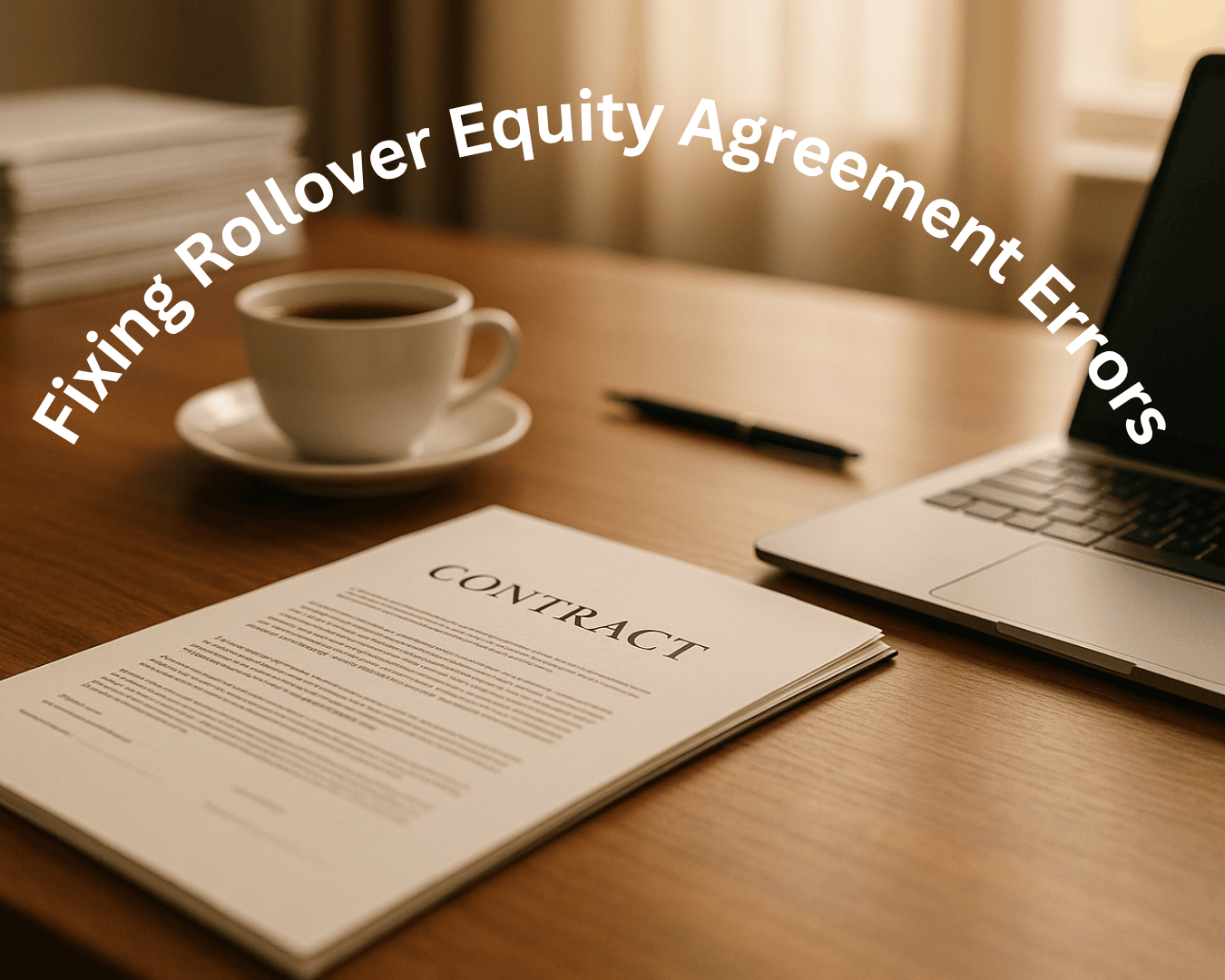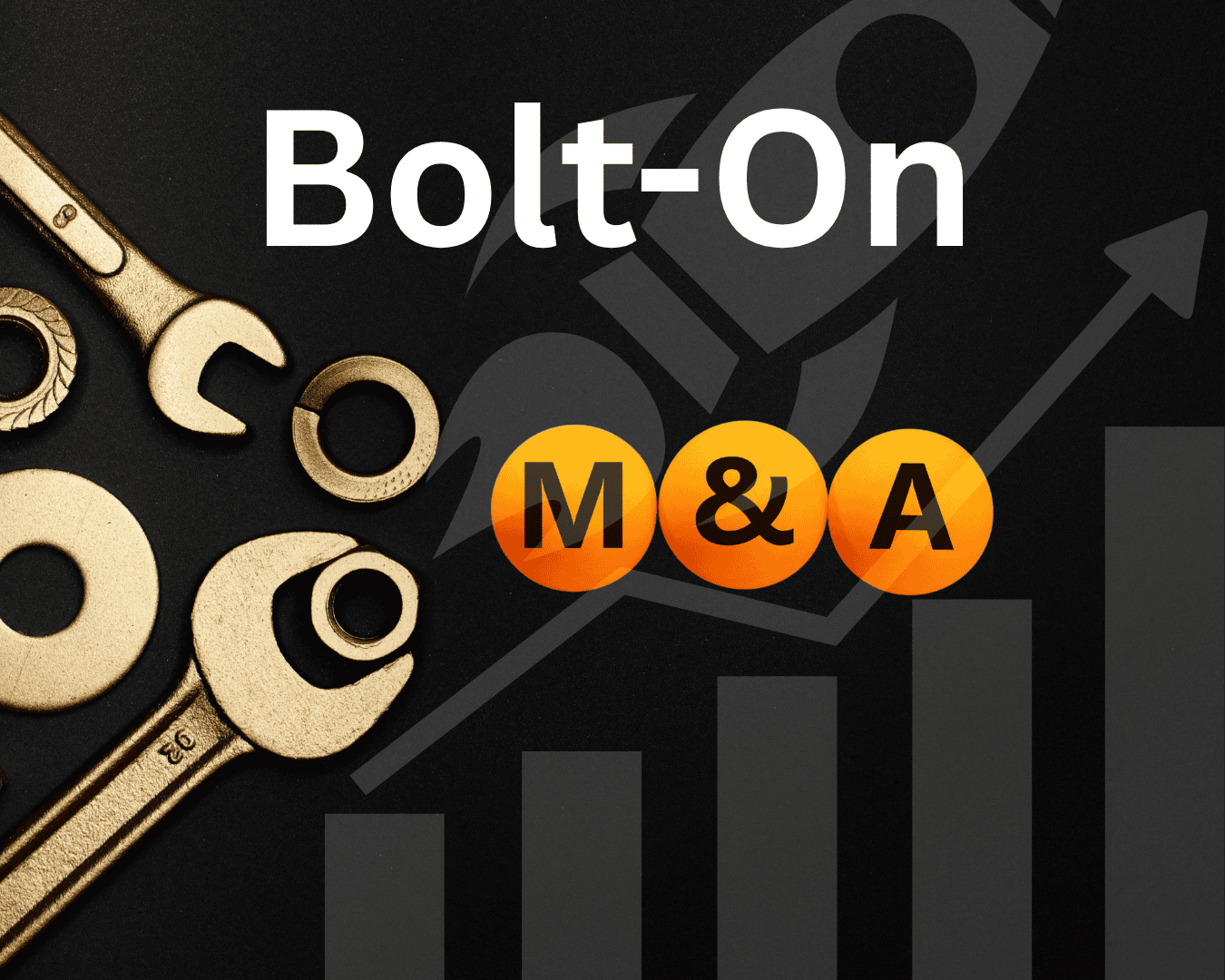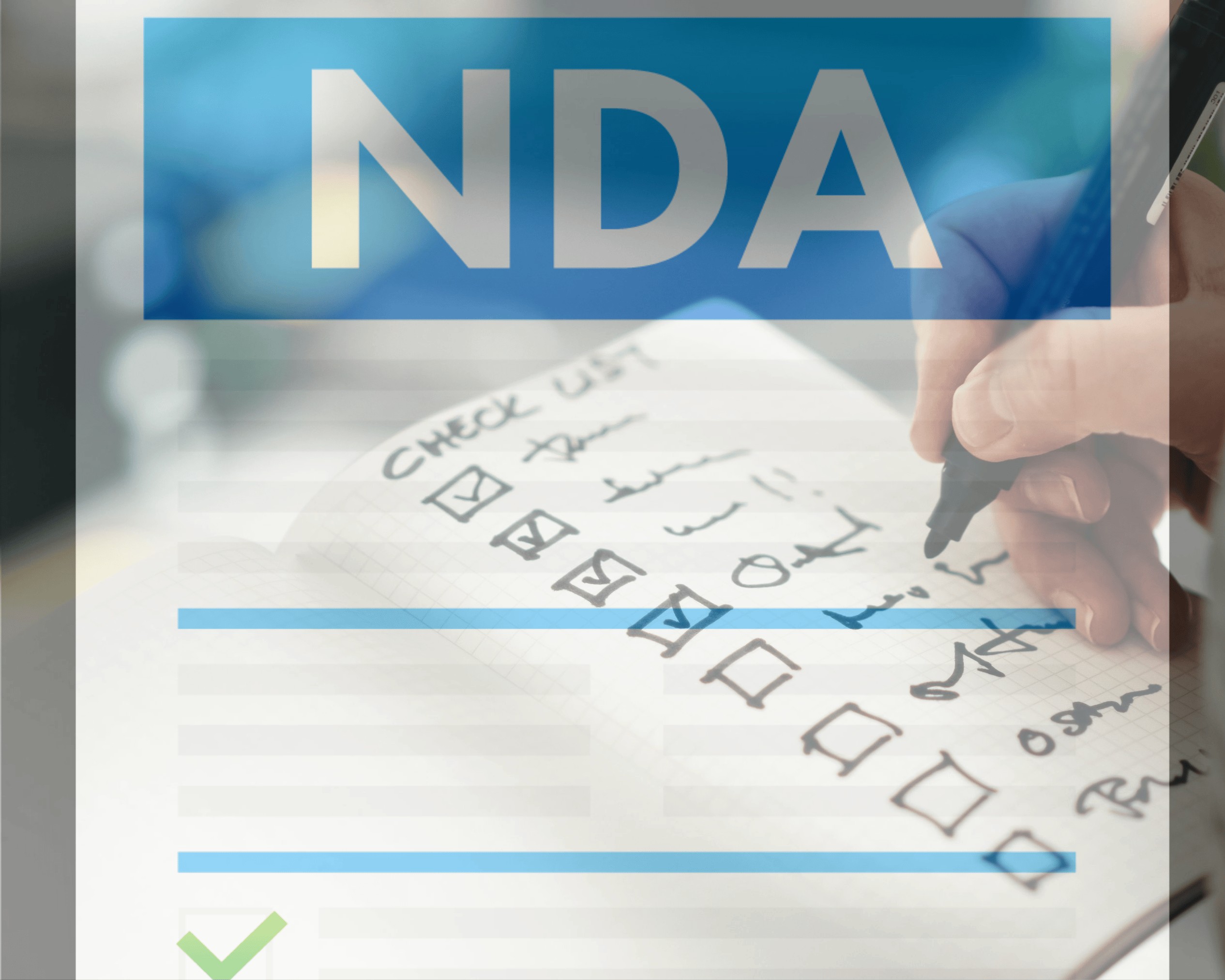In mergers and acquisitions (M&A), financial statement adjustments are critical for presenting a business's true earning potential. These adjustments refine raw financial data by removing personal expenses, one-time events, and other irregularities. The goal? To provide a clear, normalized view of a company’s performance for fair valuation and informed decision-making.
Key adjustments include:
- Owner’s Salaries & Benefits: Aligning compensation with market rates.
- One-Time Items: Excluding non-recurring gains or losses (e.g., legal settlements, asset sales).
- Personal Expenses: Removing non-business costs like personal travel or insurance.
- Working Capital Adjustments: Normalizing liquidity to reflect operational needs.
- Accounting Methods: Reconciling differences in cash vs. accrual accounting or inventory valuation.
Metrics like Seller’s Discretionary Earnings (SDE) and EBITDA are commonly used for valuation, with adjustments ensuring accurate comparisons. Proper documentation and clear presentation of these changes build trust during due diligence, helping buyers and sellers achieve fair outcomes.
For M&A success, adjustments must be transparent, well-documented, and tied to reliable data.
Understanding Add Backs in M&A: Unveiling Typical Adjustments #businessacquisition
Main Types of Financial Statement Adjustments
When preparing financial statements for M&A transactions, certain adjustments are commonly made to present a clearer picture of a company's true operational performance. These changes help both buyers and sellers arrive at a fair valuation. Below, we break down the key adjustment types that play a crucial role in ensuring valuation accuracy.
Owner's Salaries and Benefits
Owner compensation often requires adjustment to reflect market rates for similar management roles. In many small and medium-sized businesses, owners may pay themselves more or less than what is typical for their position. This could be due to tax strategies, cash flow needs, or personal preferences. However, these compensation levels might not align with what a new owner would pay for comparable management services.
For instance, EBITDA adjustments are often used to align owner compensation with market benchmarks. In businesses valued using Seller's Discretionary Earnings (SDE), the entire compensation package - salary, benefits, and perks - is usually added back. This is because a new owner would likely take on those responsibilities and adjust the compensation accordingly. By aligning owner pay with market standards, financial statements provide a more accurate reflection of the business's earnings potential.
One-Time and Unusual Items
Non-recurring items can distort a company's profitability, so adjusting for them is critical to understanding ongoing performance. These items include gains or losses that are unlikely to repeat and are unrelated to regular operations. Examples of one-time expenses might include legal settlements, restructuring costs, or disaster-related expenses. On the other hand, one-time gains could stem from asset sales, insurance payouts, or government grants.
Take, for example, a business that sells a piece of land during the reporting period. The profit from this sale would temporarily inflate earnings, but since the sale is a one-off event, it should be excluded from normalized financial statements to provide a clear view of recurring profitability. Identifying these items requires a thorough review of financial records to separate routine operational entries from isolated events.
Personal and Non-Business Expenses
It’s not uncommon for small business owners to run personal expenses through their companies for convenience or tax purposes. To present an accurate picture of the business's true operating costs and cash flow, these personal expenses need to be identified and removed. In November 2024, The Bonadio Group highlighted that during a Quality of Earnings analysis, discretionary expenses - like vehicle costs, travel, entertainment, or payroll for non-essential family members - are typically excluded from adjusted EBITDA.
Other examples include personal insurance premiums, excessive home office expenses, and personal legal fees. The goal is to distinguish between costs that benefit the business and those that serve personal interests. Each adjustment should be clearly linked to a specific line item on the profit and loss statement and backed by documentation such as invoices or contracts. Keeping these adjustments conservative helps maintain credibility during due diligence, as overly aggressive changes may raise red flags for buyers.
Adjustments for owner compensation, one-time items, and personal expenses work together to create a normalized financial view. This transparency allows buyers to make informed decisions and secure the necessary financing for a deal.
Working Capital Adjustments
Working capital adjustments play a crucial role in ensuring that M&A transactions are fair for both parties. They help buyers secure the liquidity they expect while protecting sellers from unintended financial losses. These adjustments directly influence the final purchase price in M&A deals.
Net Working Capital in M&A Deals
In most M&A agreements, net working capital is calculated by subtracting current liabilities from current assets. However, adjustments are made to exclude non-operating and financing-related items, such as specific debt components. A Net Working Capital Target is usually set based on historical averages or normalized levels. This target serves as the benchmark for purchase price adjustments.
Here’s how it works: if the actual net working capital at closing surpasses the target, the buyer pays more. Conversely, if it falls short, the purchase price is reduced. Research indicates that 55% of deals result in negative adjustments for buyers, while 35% lead to positive adjustments for sellers.
Because working capital is assessed as of the closing date, both parties often focus on managing cash flows, inventory, and payables in the weeks leading up to the transaction. It's also essential to clarify how cash is treated in the calculation, ensuring it’s properly included in the true-up process.
The next step involves refining the calculation by removing non-operating items.
Removing Non-Operating Items
Non-operating items must be excluded from the working capital calculation to reflect the company’s ongoing operations accurately. During financial due diligence, teams identify and remove these items, which often include:
- Non-operating accounts payable, such as accrued capital expenditures or transaction-related professional fees (e.g., legal fees tied to the deal).
- Financing-related items, like accrued interest on credit lines, short-term debt balances, or dividend payables.
These exclusions are critical because they don’t represent the company’s day-to-day liquidity. Proper documentation of these adjustments is vital to prevent disputes during the closing process.
Tax Treatment in Working Capital Adjustments
Tax considerations add another layer of complexity to working capital adjustments, as federal and state tax rules can significantly impact the transaction’s financial structure. Federal tax laws often dictate how tax receivables and liabilities are handled. For instance, if tax refunds are anticipated but not yet received, buyers and sellers may agree to a "pay-as-you-go" arrangement. This allows the seller to benefit from future refunds without including them in the working capital calculation.
To manage tax risks effectively, they are often treated as "debt-like" items in the equity bridge, shifting the responsibility to the seller. This approach might result in a lower effective purchase price for the seller. Additionally, differences in state tax laws - like variations in income, franchise, or transfer taxes - can influence working capital calculations depending on the jurisdiction.
Other tax-related factors, such as net operating losses (NOLs) and tax credits, also require attention. These elements can have significant implications for future cash flows. To ensure consistency, the working capital calculation should align with the findings from tax due diligence. Sellers should also adjust for tax-related exclusions, ensuring that items like tax refunds and unusual liabilities are correctly accounted for in the final purchase price.
sbb-itb-a3ef7c1
How Accounting Policies Affect Adjustments
Accounting policies play a key role in shaping valuation accuracy, especially in mergers and acquisitions (M&A). When buyers and sellers follow different accounting practices, it can lead to some of the most challenging issues in these transactions. These differences often impact how financial statements are adjusted, which in turn affects the final purchase price. For both parties, understanding these variations is essential to avoid disputes and ensure accurate valuations. Let’s break down how differing accounting methods require specific adjustments.
Handling Different Accounting Methods
Even when both parties follow U.S. GAAP, variations in how the standards are applied can spark disagreements during the closing process.
One common issue arises between cash-basis and accrual-basis accounting. While U.S. GAAP and IFRS mandate accrual-basis accounting - where transactions are recorded when they occur, regardless of cash flow - many smaller businesses stick to cash-basis accounting, which only records actual cash exchanges. This fundamental difference often necessitates significant adjustments.
Another sticking point involves inventory valuation methods. Depending on whether a company uses FIFO (First In, First Out), LIFO (Last In, First Out), or another method, reported inventory values and costs of goods sold can vary widely, especially during times of price instability.
Revenue recognition policies can also differ greatly. For example, in service-based businesses or those with complex contracts, some companies recognize revenue upon delivery, others use percentage-of-completion methods, and some spread revenue recognition over time. These discrepancies can lead to disputes if not addressed early.
"To mitigate the risk of such disputes, buyers and sellers should work together with their legal and accounting advisers when drafting purchase agreements." - Brad Boudouris, Managing Director, Alvarez & Marsal
The best way to manage these differences is by establishing clear guidelines upfront. Instead of vaguely stating that items will be "determined in accordance with GAAP", both parties should agree on a detailed schedule of accounting policies for line items prone to disputes. Sellers should also ensure that adjustments align with their historical accounting practices.
Once these adjustments are made, pro forma financial statements help reconcile the past with the expectations for the combined entity.
Creating Pro Forma Financial Statements
Pro forma financial statements provide a snapshot of how the combined business is expected to perform, aligning historical results with post-transaction expectations under unified accounting policies.
A key part of these statements is purchase price allocation. Under the purchase method of accounting, adjustments must account for the allocation of the purchase price and any related financing effects. This often includes recognizing intangible assets that weren’t previously recorded.
Another critical factor is aligning accounting standards. If the buyer and target company adopted new standards at different times or used different transition methods, the buyer must adjust the acquired company’s financials to match its own standards in the pro forma statements.
Pro forma adjustments should only reflect quantifiable transaction effects that are directly tied to the deal and factually supportable. This includes both recurring and one-time items. Properly prepared pro forma statements ensure transparency and set realistic expectations for the combined business.
Documentation and Disclosure Requirements
Clear documentation and disclosure of accounting adjustments are essential for avoiding disputes and ensuring compliance. Given the complexity of these adjustments, maintaining detailed records and providing clear explanations is critical.
Typically, pro forma financial statements are presented in columns, with separate sections for historical results, pro forma adjustments, and the final pro forma results. Footnotes should explain the assumptions behind each adjustment, including details like the expected useful lives or amortization periods of acquired assets, especially intangible ones.
Involving experts early in the process can also prevent disputes. Advisors with experience in purchase price disputes can help identify potential problem areas before the deal is finalized. Disputes often arise when the target company’s historical financials don’t align with the agreed-upon standards for determining the purchase price. Comprehensive documentation addressing these differences is crucial.
For smaller businesses, platforms like Clearly Acquired offer tools and advisory services to navigate these complexities. By providing resources to address how accounting policies affect transactions, such platforms help both buyers and sellers feel more confident in the final valuation. Proper documentation not only supports regulatory compliance but also builds trust between both parties, ensuring smoother transactions.
How to Document and Present Adjustments
When it comes to mergers and acquisitions (M&A), documenting and presenting financial statement adjustments properly is crucial. Buyers need to trust the numbers, lenders need clear explanations to justify financing, and advisors must grasp the reasoning behind every adjustment. The entire transaction can hinge on how well these adjustments are recorded and shared.
Creating Detailed Adjustment Records
Every adjustment must have a detailed record that includes a description, the reasoning behind it, the dollar amount, the time period it affects, and supporting documents like invoices, contracts, or board resolutions.
For instance, if you're adjusting an owner's salary, the record should detail the original salary, the revised amount, and the reason for the change. Say an owner's annual salary of $150,000 is adjusted to $75,000 to reflect market standards - this adjustment should be backed by compensation surveys or industry benchmarks.
One-time expenses require extra attention. For example, if a legal settlement is being adjusted, the documentation should include the expense description, date, amount, a note stating it's non-recurring, supporting legal documents, and the impact on metrics like EBITDA or Seller’s Discretionary Earnings (SDE).
The type of documentation needed depends on the adjustment. Payroll records might back up salary changes, while receipts or invoices could validate one-time expenses. Bank statements may confirm non-operating income, and legal documents can substantiate settlement or litigation costs. These records are critical for building buyer confidence and securing lender approval.
Best practices include referencing industry benchmarks, citing relevant accounting standards, and providing written explanations for each adjustment. For example, normalizing an owner’s salary should be supported by market compensation data and a clear policy on executive pay.
Using Comparison Tables for Clarity
Comparison tables simplify complex financial adjustments by presenting them in an easy-to-read format. These tables should include:
- Columns for original (unadjusted) figures, individual adjustments with brief descriptions, and the resulting adjusted numbers.
- Rows for key metrics like revenue, EBITDA, and SDE.
This layout helps buyers and advisors quickly grasp the impact of adjustments and the reasoning behind them.
| Adjustment Type | Example Adjustments | Documentation Needed |
|---|---|---|
| Owner's Salaries & Perks | Personal auto, insurance, travel | Payroll records, invoices |
| Non-Recurring Items | One-time legal fees, settlements | Contracts, legal invoices |
| Non-Operating Income/Expense | Investment gains/losses, sale of assets | Bank statements, sale docs |
These tables are especially useful during Quality of Earnings (QoE) analysis, a common step in M&A transactions. Third-party reviewers rely on these schedules to understand each adjustment's financial impact.
Pro forma financial statements go a step further by showing what the numbers would look like after all adjustments. These forward-looking statements should include all material adjustments, explanatory footnotes, and a reconciliation to historical financials. For transactions where the target's significance exceeds 20% under SEC rules, pro forma financials must meet S-X Article 11 requirements.
With these tools in place, the next step is ensuring adjustments are clearly communicated during due diligence.
Clear Communication During Due Diligence
Detailed records and comparison tables are just the start. Effective communication during due diligence is key to building trust. Companies should provide a comprehensive adjustment schedule, all supporting documentation, and a clear narrative explaining each adjustment. Open communication - through Q&A sessions, data rooms, and regular updates - helps address questions quickly and builds confidence among all parties involved.
Proactive communication can prevent delays caused by common pitfalls like insufficient documentation, overly aggressive or unsupported adjustments, missing explanations, or failing to update records when new information arises. These missteps can erode trust and jeopardize the transaction.
Maintaining open lines of communication and promptly addressing questions ensures buyers understand the reasoning behind adjustments. This transparency makes them more likely to accept the adjustments and proceed with confidence.
Technology is playing a growing role in streamlining this process. Platforms like Clearly Acquired offer centralized hubs for deal management, automated document collection, and standardized templates for adjustment schedules. These tools promote consistency and transparency, making it easier for buyers, lenders, and advisors to access the information they need.
Clear documentation and communication not only smooth the due diligence process but also reinforce the credibility of the overall valuation. When adjustments are backed by solid evidence and thoughtful explanations, buyers and their advisors gain confidence in the numbers. This can directly impact valuation models, potentially leading to higher offers. In contrast, poorly documented adjustments can result in price reductions or renegotiations.
Conclusion
Financial statement adjustments transform raw financial data into a clear picture of a business's recurring earnings. This ensures that metrics like SDE and EBITDA accurately represent the company’s core operations, which is crucial for determining valuation and reflecting sustainable performance.
Key adjustments - such as owner’s salaries and benefits, non-recurring items, personal expenses, and working capital normalization - serve two primary purposes. They help sellers maximize the value of their business while giving buyers confidence that the reported earnings are reliable and free from distortions.
Maintaining thorough records and providing solid evidence for these adjustments is essential during due diligence. When buyers and their advisors see that adjustments are backed by clear documentation and thoughtful explanations, it builds trust in the financials. This trust can lead to better offers and more favorable deal terms.
There’s also an increasing reliance on tools like third-party Quality of Earnings analyses and pro forma financial statements to enhance accuracy and transparency. Platforms like Clearly Acquired (https://clearlyacquired.com) are leveraging technology to streamline M&A transactions, making the process more efficient and dependable. These tools complement the need for detailed and consistent record-keeping.
For businesses aiming to secure the best outcomes in an M&A transaction, early involvement of financial advisors and meticulous documentation of every adjustment is critical. Consistently applying well-established methodologies ensures a smoother transaction process, from valuation to closing.
Ultimately, financial statement adjustments do more than just facilitate transactions - they create a foundation of accurate, normalized data. This allows both buyers and sellers to proceed with confidence, knowing the deal reflects the true potential of the business.
FAQs
Why is it necessary to adjust an owner’s salary and benefits to market rates during an M&A transaction?
To get an accurate business valuation, it's essential to align an owner's salary and benefits with market rates. This adjustment strips away any overinflated or below-market compensation, offering a clearer view of the company's real profitability by removing distortions in EBITDA.
For potential buyers, this adjustment provides a more realistic understanding of the business's financial health, enabling better decision-making. It also ensures the valuation reflects the actual operational costs of the business, rather than personal or discretionary expenses linked to the current owner.
What is a working capital adjustment, and how does it affect the purchase price in an M&A deal?
A working capital adjustment is a tool used to ensure the buyer and seller are on the same page about the amount of working capital needed to keep the business running smoothly after the deal closes. It directly affects the final purchase price by making a dollar-for-dollar adjustment based on whether the actual working capital at closing is higher or lower than the agreed target.
This process benefits both parties. It protects the buyer by ensuring the business has enough liquidity to operate post-closing, while also making sure the seller is fairly compensated for any extra working capital they leave behind. For instance, if the actual working capital exceeds the target, the purchase price goes up. On the flip side, if it's below the target, the price is reduced. This adjustment helps create a fair and equitable deal for everyone involved.
How do accounting methods influence financial statement adjustments in mergers and acquisitions?
Accounting methods are central to how financial statement adjustments are handled during mergers and acquisitions. They guide how assets, liabilities, revenues, and expenses are recorded and valued, directly influencing the precision of financial reporting and the accuracy of deal valuations.
Techniques such as purchase price allocation and revenue recognition play a big part in ensuring that financial statements accurately represent the economic reality of the transaction. These adjustments are crucial for aligning expectations between the parties, smoothing negotiations, and reaching a fair valuation. When applied correctly, these methods can build trust and confidence throughout the deal process.































.png)






















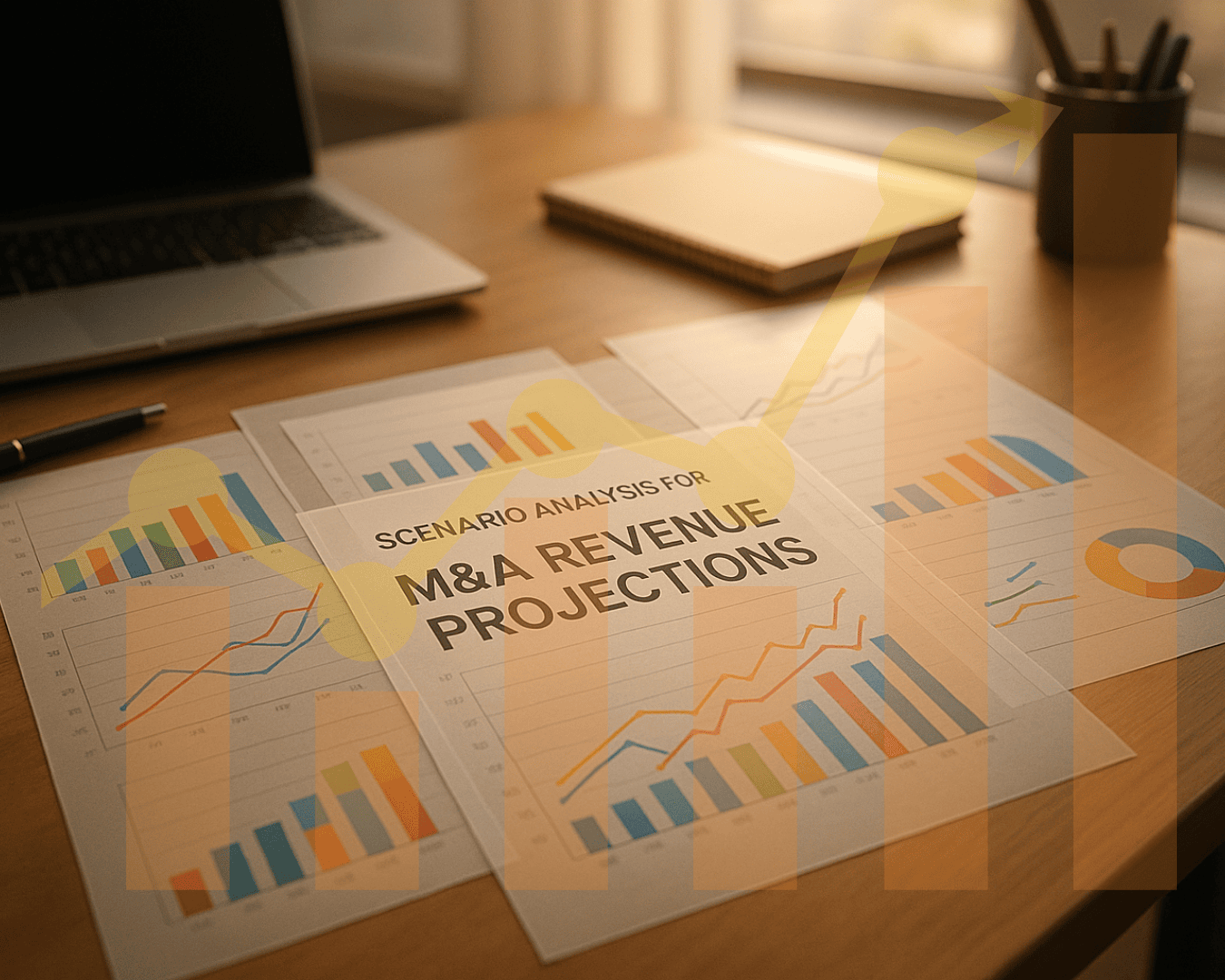





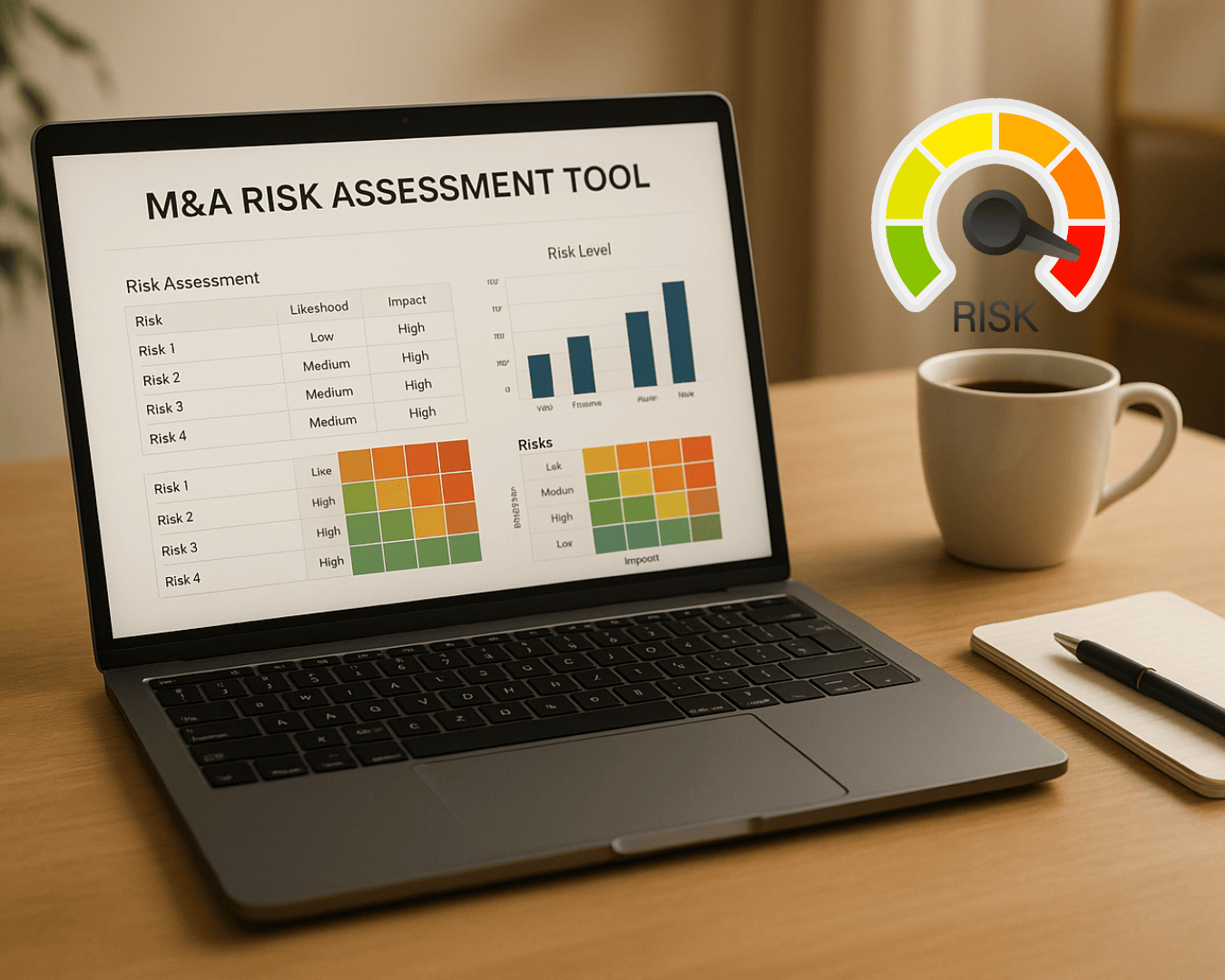


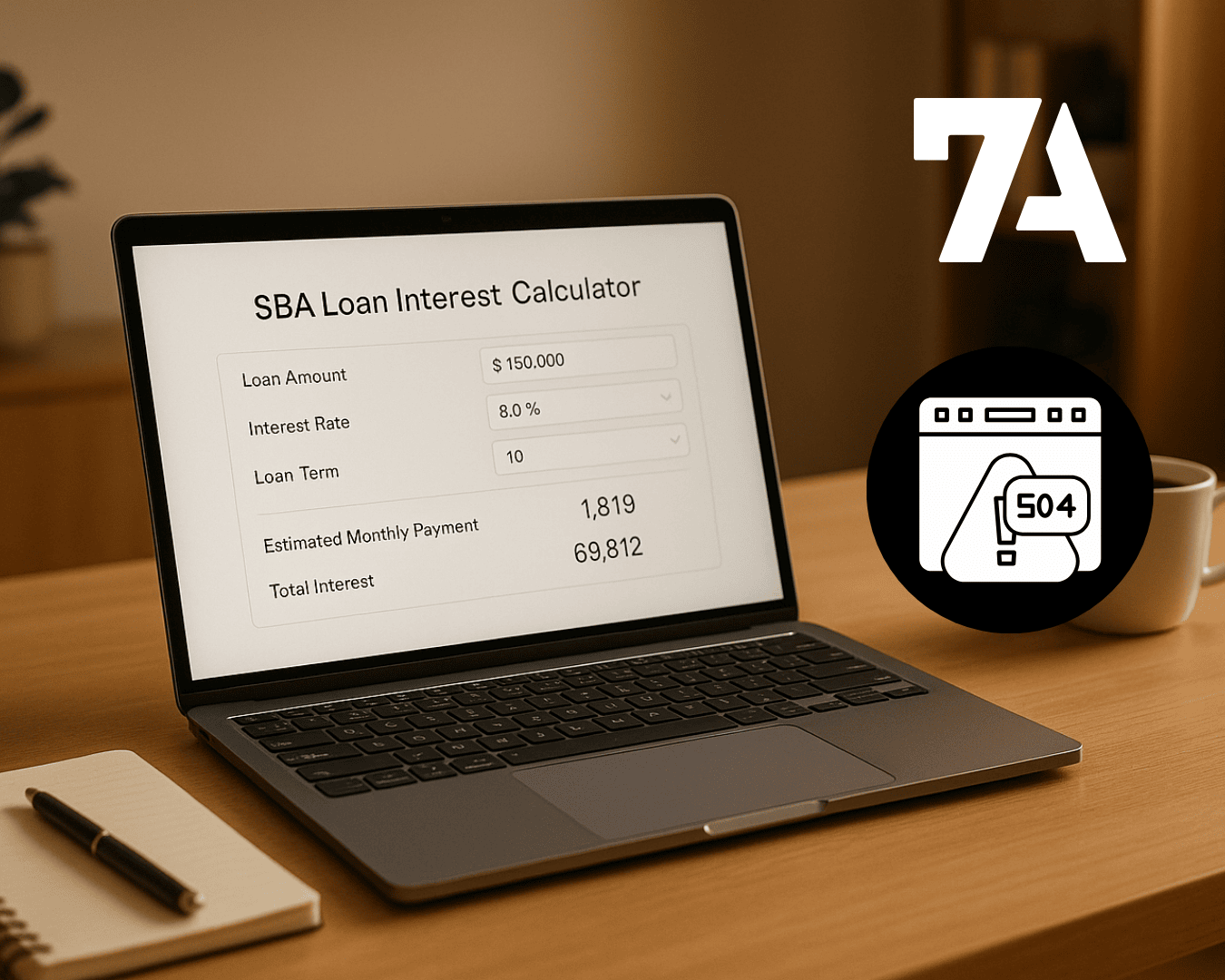








%20Loan%20Application%20Checklist.png)
